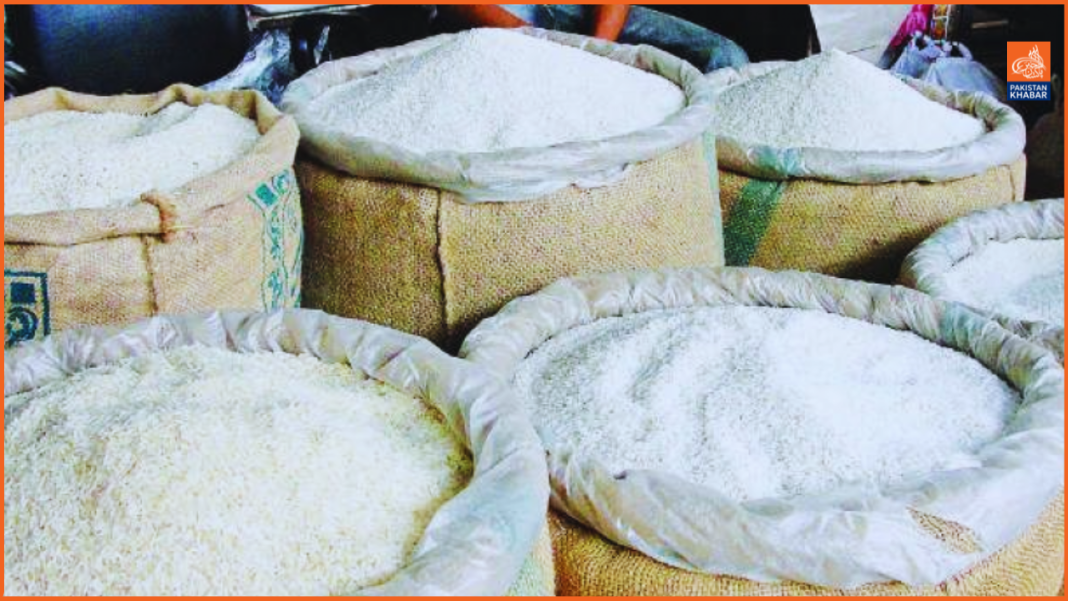Global rice prices saw a notable decline on Monday following India’s announcement to resume rice exports, a decision that is expected to enhance global supply and make rice more accessible for poorer nations in Asia and Africa. As the world’s largest rice exporter, India plays a pivotal role in the global rice market, and its decisions can significantly impact pricing and availability.
On Saturday, India lifted its ban on non-basmati white rice exports, signaling a return to international trade for this essential commodity. This move came shortly after the government reduced the export duty on parboiled rice to 10%. The decision was influenced by the anticipation of a new crop harvest and a buildup of higher inventories in state warehouses. By facilitating these exports, India aims to stabilize its rice market while also supporting global consumers who have faced rising prices.
Himanshu Agarwal, the executive director of Satyam Balajee, a major player in the rice export industry, remarked that suppliers from Thailand, Vietnam, and Pakistan are reacting to India’s changes by adjusting their own export prices downwards. He emphasized that all exporters are eager to remain competitive in the market, which is becoming increasingly dynamic as countries navigate supply chain challenges and fluctuating demand.
The backdrop to this development is the significant surge in global rice prices over the past year. Following India’s previous decision to ban white rice exports and impose a steep 20% duty on parboiled rice, prices skyrocketed to their highest levels in more than 15 years. The ban was implemented to safeguard domestic supplies amid concerns about rising food inflation within India.
As the situation evolves, the resumption of exports is anticipated to help alleviate some of the pressure on global rice prices, providing relief to consumers in regions heavily dependent on rice imports. In poorer Asian and African countries, where rice is a staple food, the ability to secure more affordable supplies can have a profound impact on food security and nutrition. Overall, India’s latest export policies signal a potential shift towards greater market stability, benefiting both producers and consumers in the international rice market.




